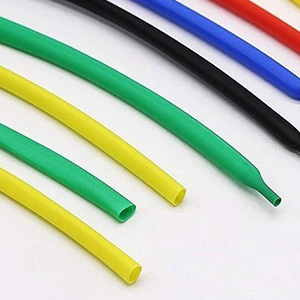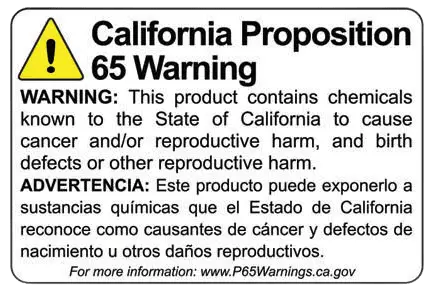 Heat shrink ratios refer to the degree to which a heat-shrinkable material, such as tubing, will contract when heated. These ratios are crucial in selecting the right heat shrink tubing for a given application, ensuring a secure fit over wires, cables, or other components.
Heat shrink ratios refer to the degree to which a heat-shrinkable material, such as tubing, will contract when heated. These ratios are crucial in selecting the right heat shrink tubing for a given application, ensuring a secure fit over wires, cables, or other components.
Common Heat Shrink Ratios:
- 2:1 Ratio:
- Meaning: The tubing will shrink to half its original diameter when heated.
- Applications: Ideal for general insulation and protection needs where the size reduction does not need to be dramatic.
- 3:1 Ratio:
- Meaning: The tubing will shrink to one-third of its original diameter.
- Applications: Suitable for applications where there is a significant difference between the largest and smallest diameters of the object being covered.
- 4:1 Ratio:
- Meaning: The tubing will shrink to one-quarter of its original diameter.
- Applications: Used for more extreme differences in diameters or where a tight seal is required, such as in outdoor or underwater environments.
Factors to Consider:
- Fit: The chosen tubing must fit over the largest part of the object before shrinking and shrinking enough to tightly cover the smallest part.
- Material: The material composition of the tubing may vary in flexibility, durability, and resistance to chemicals or environmental factors.
- Heat Source: Ensure that the heat source used is appropriate for the specific heat shrink tubing to achieve the correct shrinkage.
Understanding heat shrink ratios is essential for achieving the desired protection, insulation, and sealing in electrical and mechanical applications.


